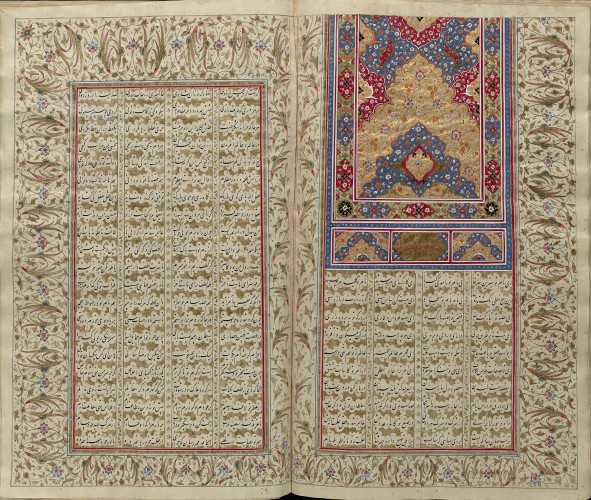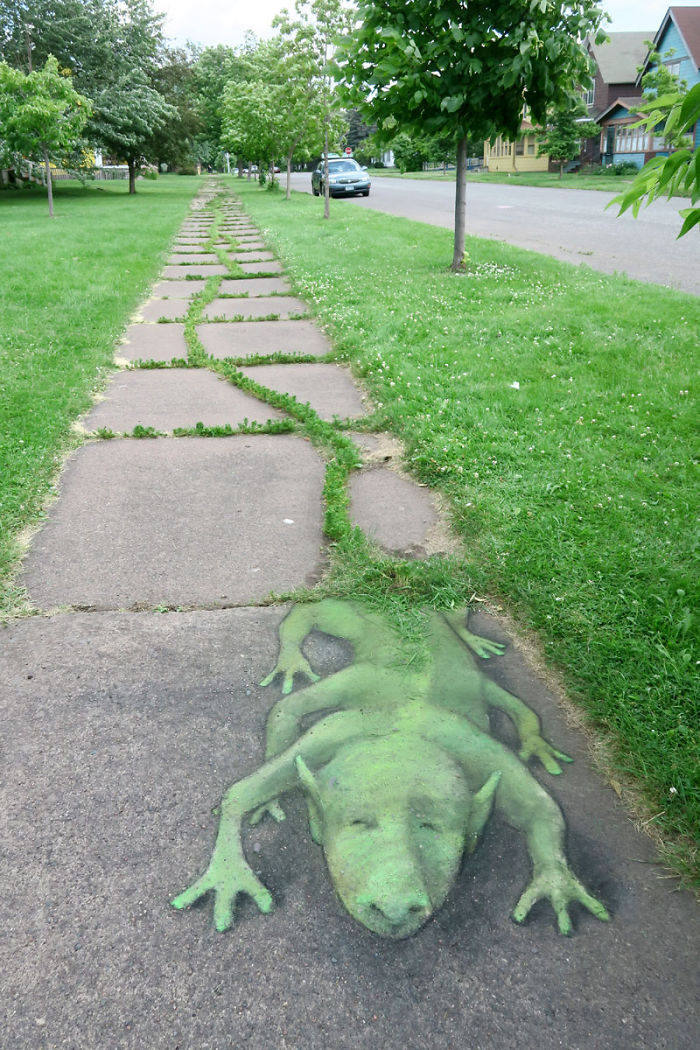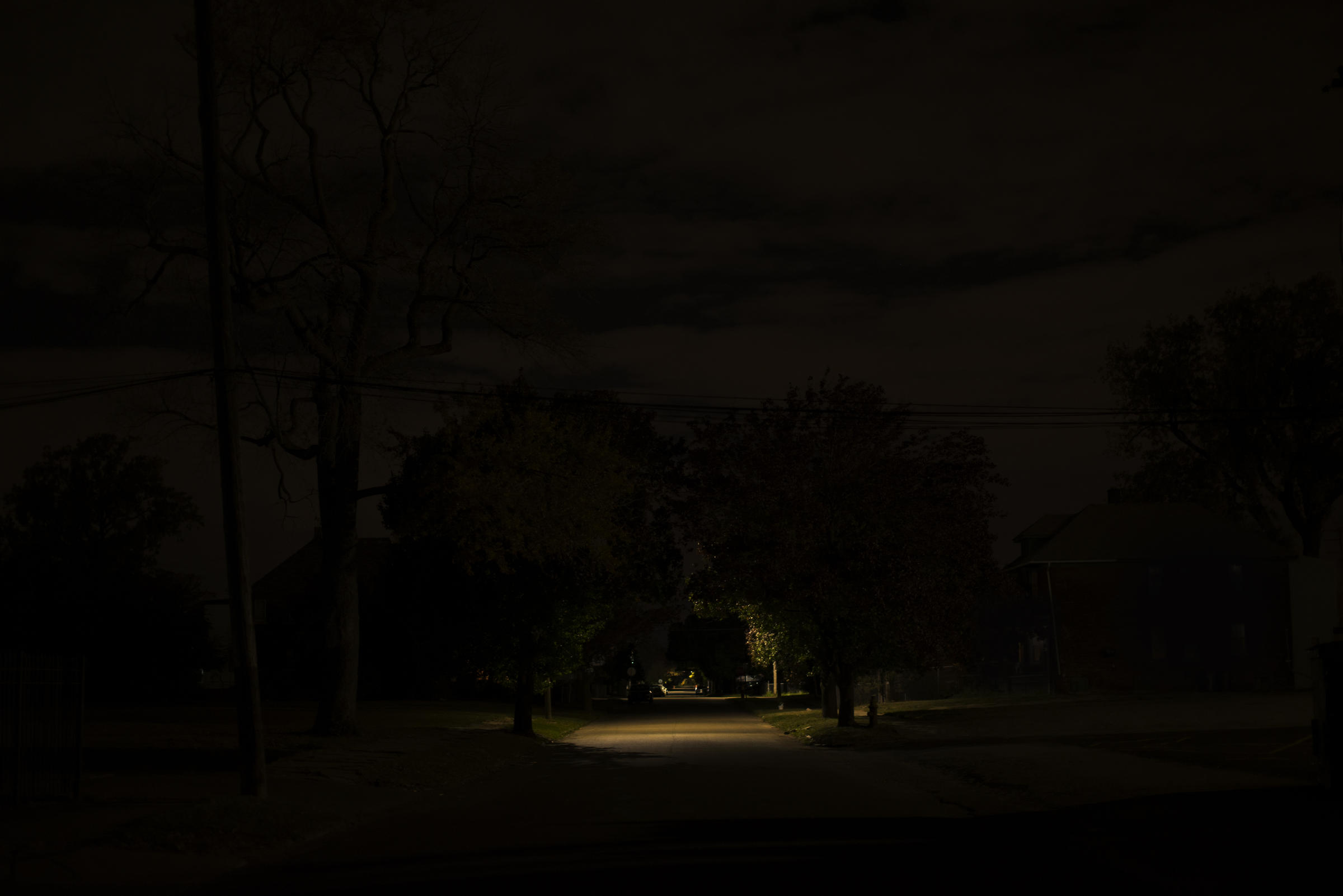
The Of Love and Madness: Layla and Majnun exhibit at the Hatcher Graduate library gives visitors a glance into the literary history of a romantic tale. With Arabian origins and a variety of versions to the story, some of these many versions are scripts from the library’s Islamic Manuscripts Collection. Aside from being a collection with scripts that date as far back as the 16th century, all of the manuscripts on display happen to be illuminated manuscripts — documents with text that are decorated with initials, borders, and/or illustrations.
The first illuminated manuscript I looked at was a copy of Nizami’s Persian version of the tale, pictured above. The beauty of a story about powerful love was reflected in the vibrant details of the pages: Persian words were cushioned in gold detailing, royal blue & crimson red contrasted wonderfully with the pages, and intricate floral designs tied the colors of the page together. The next manuscript I saw was a copy of Jami’s Persian version within his Haft Awrang, a collection of seven different tales with one of them pertaining to Layla and Majnun. This copy, pictured below, features a headpiece with title marks.













